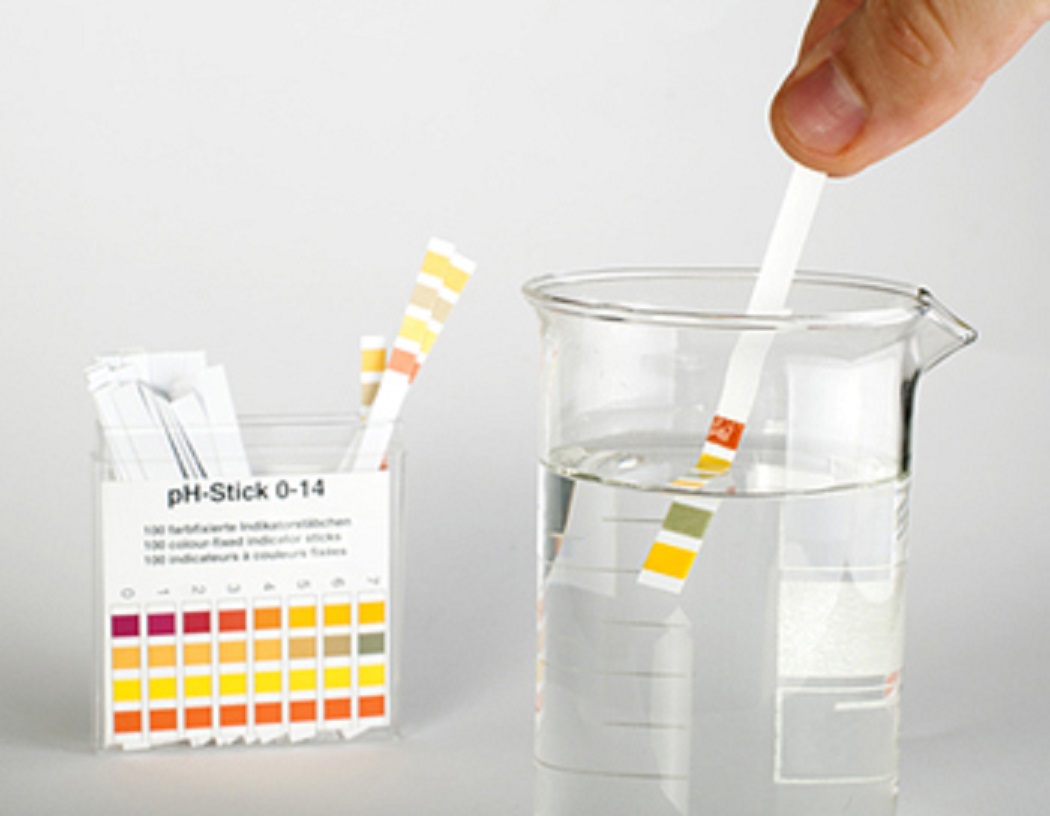
What is the cost of building a water treatment plant?
Building a water treatment plant is an important decision to make and calculating its cost is one of the most vexing questions when making a decision. We will therefore provide you with an overview of the costs associated with building a water treatment plant to suit your needs.
We will mention the various factors that determine the cost that must be known and determined.
Treatment costs and construction of a water treatment plant
When it comes to water treatment, the cost of a plant can vary widely depending on a number of factors. For example, the size and type of treatment plant you would like to have will affect it. In addition, the availability of water resources and the regulatory environment can have a significant impact on the final price.
Water is the secret of the life
Although the composition of water is uncomplicated and simple, it has very complex physical and chemical properties. Water treatment is the method used to make water drinkable or suitable for industrial purpose. This is done by ridding it of impurities and odors, purifying it, and removing its hardness (water hardness). The term water treatment also expands to include physical and biochemical processes, and the mechanism that takes place to make water suitable for a specific use and not necessarily for drinking. The type of treatment depends on the desired use.
What is the cost of building a water treatment plant?
This question is getting more and more popular due to the desire of some to establish their own stations other than the stations established by the government.
Factors determining the cost of building a water treatment plant
When it comes to building a treatment plant, the cost usually depends on several factors such as:
- station size.
- Technology used.
- Purpose of use.
- Water quality and capacity.
- expected production volume.
There is a significant initial investment required for the construction of the treatment plant which has to be properly designed keeping in mind the water composition (components) to reduce the cost.
The importance of seawater desalination
The vast oceans and multiple seas are absolutely unlimited sources of water and they represent nearly 70% of the water on the planet, but all these large quantities and areas of water are in fact salty water with a large percentage of salinity.
This salinity undoubtedly makes the water unsuitable for human consumption, neither for drinking nor even for agriculture. Because of the scarcity of fresh water sources in various parts of the world, and with the increase in population numbers, it was necessary to resort to recycling and desalinating quantities of this water and making it suitable for consumption, including drinking. Therefore, a question arose about how much the seawater desalination project cost.
The desalination process takes place as a kind of meeting human needs and supplementing the quantities of fresh water provided by natural sources. The idea of desalination may seem easy to many, but in fact it is a very expensive process.
Where it requires the separation of salts from water, which is a strong chemical bond that is difficult to break and requires a lot of energy, which in turn requires large quantities of fuel; Thus, the financial cost increases.
Operating and Maintenance
Operation and maintenance of drinking water treatment plants includes the following tasks:
- Operate and adjust control equipment for water purification and filtering.
- Inspect equipment and monitor operating conditions, meters and gauges to set load requirements and detect faults.
- Adding chemicals such as ammonia, chlorine and lime to purify and disinfect water and other chemicals such as ferric chloride, peroxide and polymers to improve water treatment.
- Collect and test water samples using test devices.
- Recording operational and laboratory data, operations notes, meter readings and measuring devices in designated forms.
- Cleaning and maintenance of tanks, basins and filter cradles using hand tools and electrical and mechanical tools.
- Maintain, repair and lubricate equipment using hand tools, electrical and mechanical tools.
Many of these tasks can be performed automatically in modern water treatment plants. But trained operators and engineers are still required to control and maintain the treatment system. Furthermore it; The treatment process also requires a large amount of chemicals, which may not be available in less industrialized or remote areas.


























